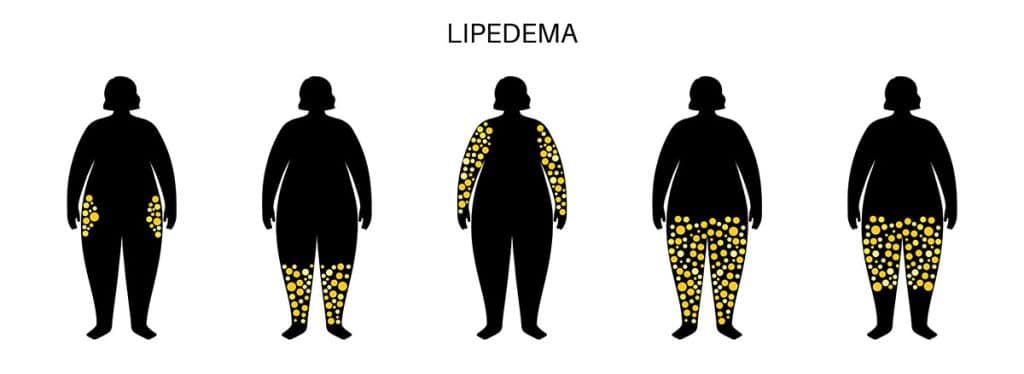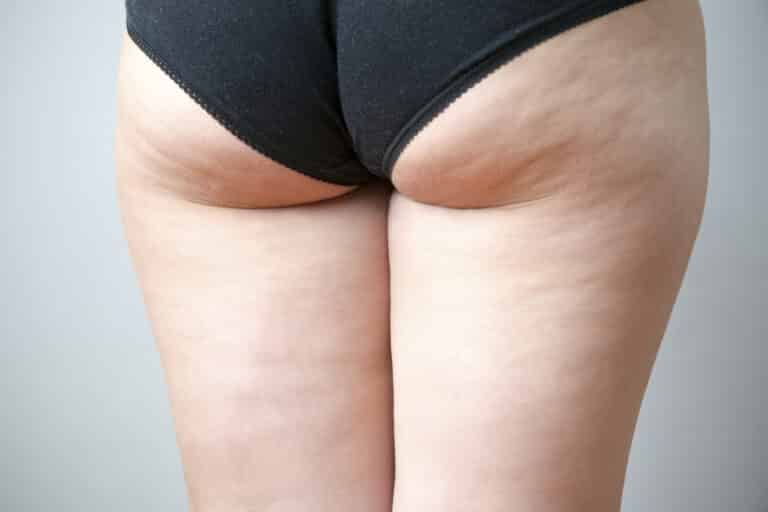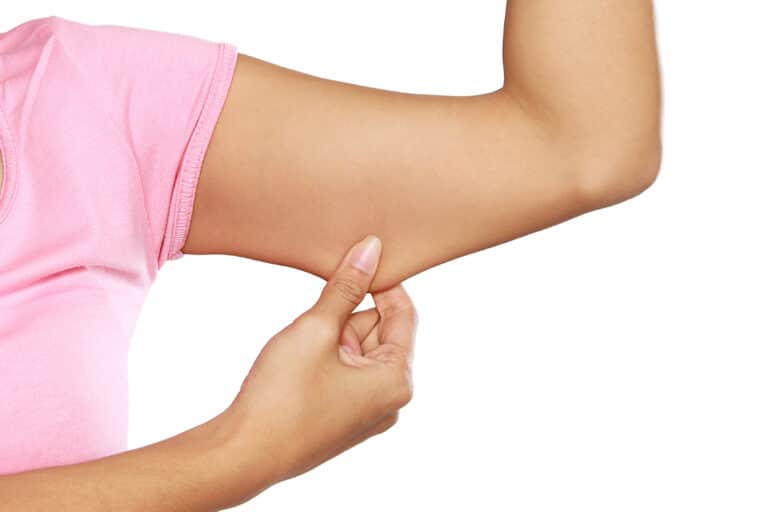Understanding Lipedema: 25 Key Facts You Should Know
Weight gain is a sensitive topic. Everywhere you look, there are advertisements, articles, and more shaming people for being overweight. Social media and advertising at large, give the impression that losing weight is easy. The social stigmatization and bullying put the blame and the onus of weight loss on a person’s behaviors and choices. Hence, it creates the belief that weight gain is the result of laziness, poor decisions, and more.
But weight control is not that simple. Many people struggle to lose weight, not because of poor nutritional choices, but because they may have pre-existing conditions that affect the way they look. Lipedema is a disorder which physicians often misdiagnose. Why is this the case? Well, lipedema is not considered “normal” fat. It is mistaken for the symptom of obesity or a different disease.
What is lipedema? Dr. Siamak Agha describes lipedema as a chronic medical condition. He says, “In the women, I treat the distinguishing characteristic is the excess fat or connective tissue in their arms or legs.” The reason this is not run-of-the-mill fat is due to symmetrical build up in your body. In other words, massive growth and weight gain show up in either your arms or legs and, in some cases, both. It is the symmetrical weight gain that leads to misdiagnosis or non-treatment. Many doctors and plastic surgeons incorrectly assume that the patient is overeating and suffering from obesity.

Women almost exclusively suffer from lipedema. There are rare reported cases of men with lipedema. The medical community and science, in general, have not yet determined why this illness presents entirely in the female population. Women tell Dr. Agha they experience pain, easy bruising, and swelling. In some cases, this abnormal fat has a strange and unusual texture. Lipedema sometimes feels like you have walnuts or small peas under your skin.
The most common symptoms of lipedema are fatigue, pain in your muscles, and easy bruising. For some, the pain is constant and severe. Some women express that direct pressure placed on the fat causes acute pain. Have you experienced any of these physical complaints? If you answered yes to any of these symptoms, do not let apprehensiveness stop you from scheduling a consultation with Dr. Siamak Agha.
How does Dr. Agha diagnose and treat lipedema?
One important thing to remember is Dr. Agha is an expert in the field of obesity and reconstructive plastic surgery post-weight loss. His expertise set him apart in his ability to assess your symptoms and make a proper diagnosis accurately the first time. You will begin with a physical exam in our Newport Beach aesthetic center. You will provide Dr. Agha with a detailed medical history. Many plastic surgeons in Orange County are uncomfortable or hesitant to make this diagnosis because of the lack of research-backed information. Further, the lack of specific diagnostic testing makes this more difficult.
Dr. Agha’s trained eye allows him to distinguish the visual difference between lipedema and lymphedema. Lymphedema is swelling affecting only one (1) side of your body and includes hands and feet. Dr. Agha diagnoses lymphedema through imaging and genetic tests. The leading cause is generally the result of lymph node removal or prior cancer treatment. An experienced plastic surgeon must understand the difference between these two (2) ailments. In Newport Beach, you will only find that level of medical knowledge in Dr. Siamak Agha.
Treating lipedema includes more than the surgical removal of fat. Dr. Agha advises patients that liposuction is not the only answer to correct this condition. At the Aesthetic Centers, in addition to body contouring plastic surgery, we also provide patients with broad and long term care related to their weight loss and maintenance goals.
Lipedema is not rare, but we have many frequently asked questions about the disease and treatment. We encourage you to use these as a resource to help you schedule your consultation.
What should I do next?
It’s as easy as picking up the phone or sending an email through our website. Dr. Agha and his team are happy to speak with you if you suffer from lipedema and are interested in discussing your personalized treatment options. You may contact one of our Patient Coordinators at the Aesthetic Centers by calling us at (949) 644-2442. We are here to help you regain your life, reduce the pain, and get you moving again. Make sure and ask about our virtual consultations with Dr. Agha.







